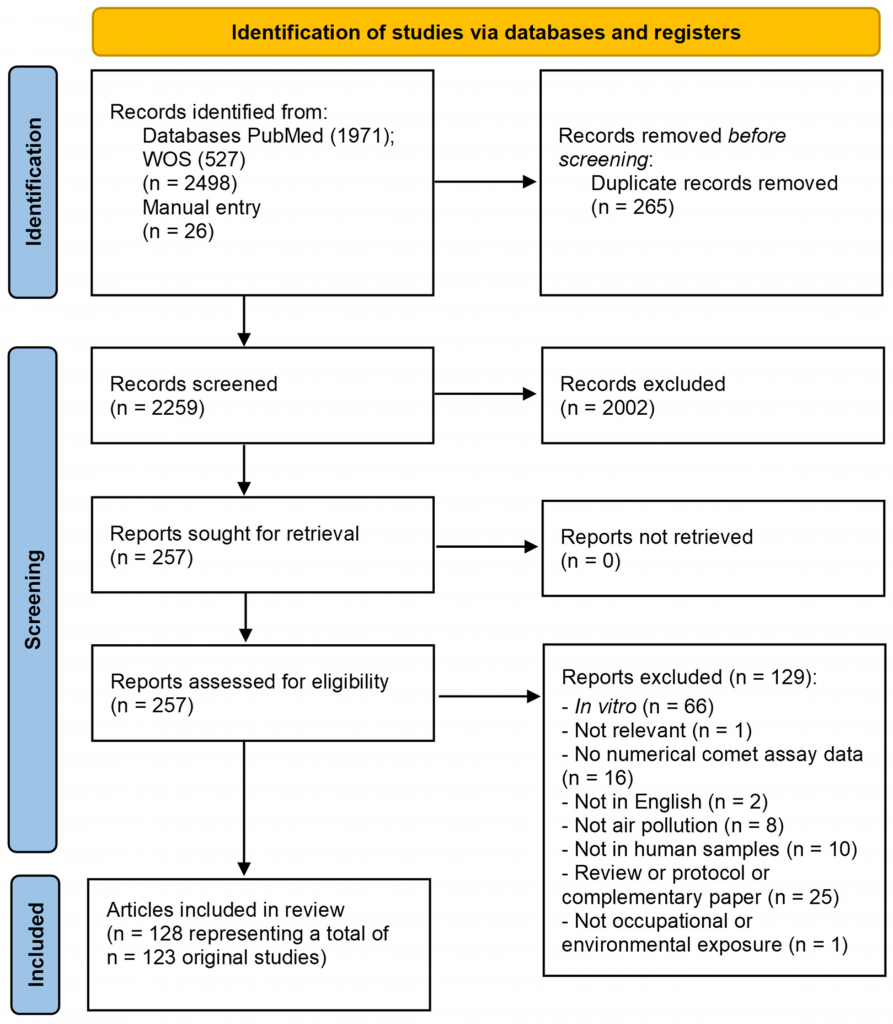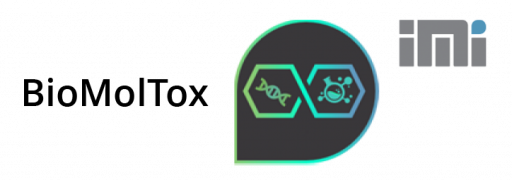Autori: Carina Ladeira, Peter Møller, Lisa Giovannelli, Goran Gajski, Anja Haveric, Ezgi Eyluel Bankoglu, Amaya Azqueta, Marko Gerić, Helga Stopper, José Cabêda, Fernanda S Tonin, Andrew Collins
Sažetak rada
Biomonitoring of human populations exposed to chemical substances that can act as potential mutagens or carcinogens, may enable the detection of damage and early disease prevention. In recent years, the comet assay has become an important tool for assessing DNA damage, both in environmental and occupational exposure contexts. To evidence the role of the comet assay in human biomonitoring, we have analysed original research studies of environmental or occupational exposure that used the comet assay in their assessments, following the PRISMA-ScR method (preferred reporting items for systematic reviews and meta-analyses extension for scoping reviews). Groups of chemicals were designated according to a broad classification, and the results obtained from over 300 original studies (n = 123 on air pollutants, n = 14 on anaesthetics, n = 18 on antineoplastic drugs, n = 57 on heavy metals, n = 59 on pesticides, and n = 49 on solvents) showed overall higher values of DNA strand breaks in the exposed subjects in comparison with the unexposed. In summary, our systematic scoping review strengthens the relevance of the use of the comet assay in assessing DNA damage in human biomonitoring studies.

Rad je dostupan na sljedećoj poveznici.

Komentari